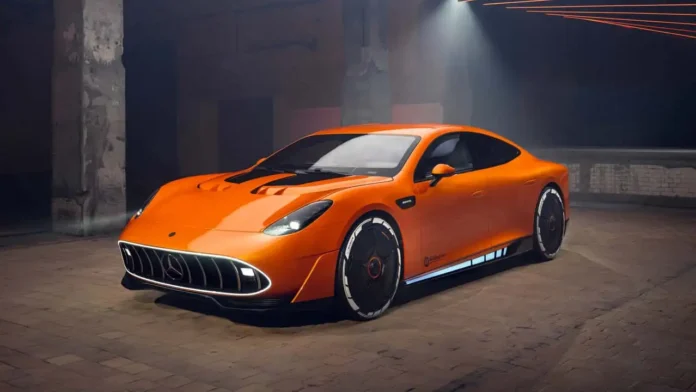Introduction to Volkswagen’s Design Shift
Volkswagen’s electric vehicles (EVs) are poised for a significant transformation, as a recent Autocar report indicates a shift back to physical buttons in the cabins of their models. This change promises a more user-friendly interface, which will delight fans of tactile controls. This evolution is led by Kai Grünitz, Volkswagen’s head of technical development, who highlights the upcoming unified design language across the ID family of EVs.

Redesigning the ID Family
The front-end designs of the ID.3 and ID.4 are set to undergo notable enhancements to align with the upcoming ID.2 hatchback. Although the production version of the compact ID.2all remains unconfirmed for the U.S. market, both the ID.3 and ID.4 will embrace similarities in design. According to Grünitz, this refreshing overhaul is expected to roll out by the end of 2026, incorporating user-friendly elements like a round volume knob—a departure from the current capacitive slider, which has faced criticism for being inconvenient.
Embracing User-Centric Features
Volkswagen executives are recognizing customer fatigue with the trend of minimizing physical controls in favor of touchscreens, a practice exacerbated by the previous design approach. As Andreas Mint, Volkswagen’s head of design, states, physical buttons will be reinstated for key functionalities, including volume control and climate settings. This commitment to user-friendly design is essential as safety concerns regarding distracted driving due to large touchscreen controls have come to light.
As Volkswagen aims to keep its EV lineup appealing and fresh, the integration of physical buttons signifies a broader shift in the automotive industry back toward enhancing driver experience, creating safer and more intuitive vehicles.




